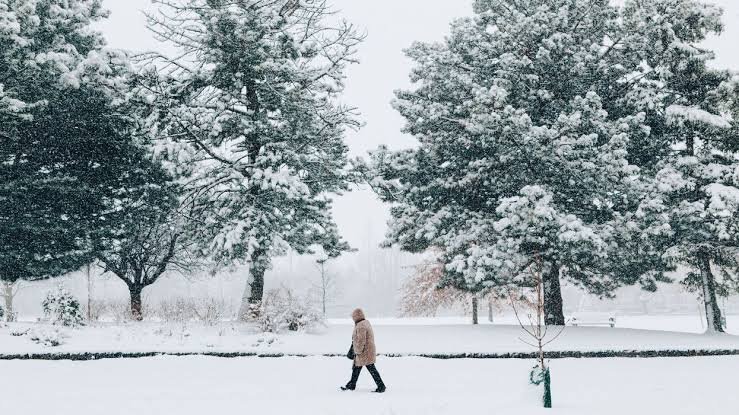Photo credit: Narcity
The Farmers’ Almanac has mapped out a season of chilly temperatures, fluctuating snowfall and the kind of winter wonderland moments we love (and occasionally grumble about). Whether you’re dreaming of snow-covered streets or dreading icy commutes, here’s what’s in store for residents of Ontario.
INsauga reports that this past fall brought a mix of sunny days, cool breezes, and sporadic rainfall, with mild conditions in southern Ontario.
However, as the season shifts to winter, colder and wetter patterns are predicted, though substantial snowfall may be intermittent, particularly in November and December. November started with lingering fall vibes and early winter hints. From November 1 to 8, southern Ontario experienced rain showers in the south and snow showers in the north.
Sunny spells and cooler temperatures are likely between November 10 and 21, keeping precipitation light during this period. By November 22, colder weather will settle in, potentially causing lake-effect snow near areas like Lake Huron and Georgian Bay. Light snowfall will extend across the region as the month ends.
On average, November’s temperature will hover around 2 C, with precipitation totals at 75 mm – wetter in the east and drier in the west.
December starts with typical early-winter patterns. From December 1 to 9, northern areas will see consistent snowfall, while southern Ontario is anticipated to alternate between rain and snow showers.
Heavier snow could arrive between December 10 and 13, hinting at a magical winter scene ahead of the holidays. A warm spell from December 14 to 19 may bring rain or mixed precipitation, meeting much of the snowpack.
Milder temperatures are expected to continue from December 20 to 28, but colder air may sweep in by December 30-31, offering a chance for fresh snowfall just in time to welcome the New Year. This year, December’s average temperature is forecast at 2 C, slightly above normal, with precipitation around 80 mm.
As January and February approach, southern Ontario is expected to settle into a more traditional winter pattern, with colder temperatures and increased snowfall. Significant storms are in mid-January and late February, making the latter half of winter one to watch for winter sports enthusiasts and snow lovers.
Western Canada is set for a milder but wetter winter this year. Southern Alberta, including Calgary and Lethbridge, will see a mix of rain and occasional light snow. At the same time, the West Coast cities of Vancouver and Victoria can expect rainy conditions, with flurries being a rare occurrence. Saskatchewan, in contrast, will face colder-than-average temperatures but will see fewer storms than Ontario.
However, weather patterns could change, as always. So, it’s wise to visit the Farmers’ Almanac – for up-to-date forecasts.







